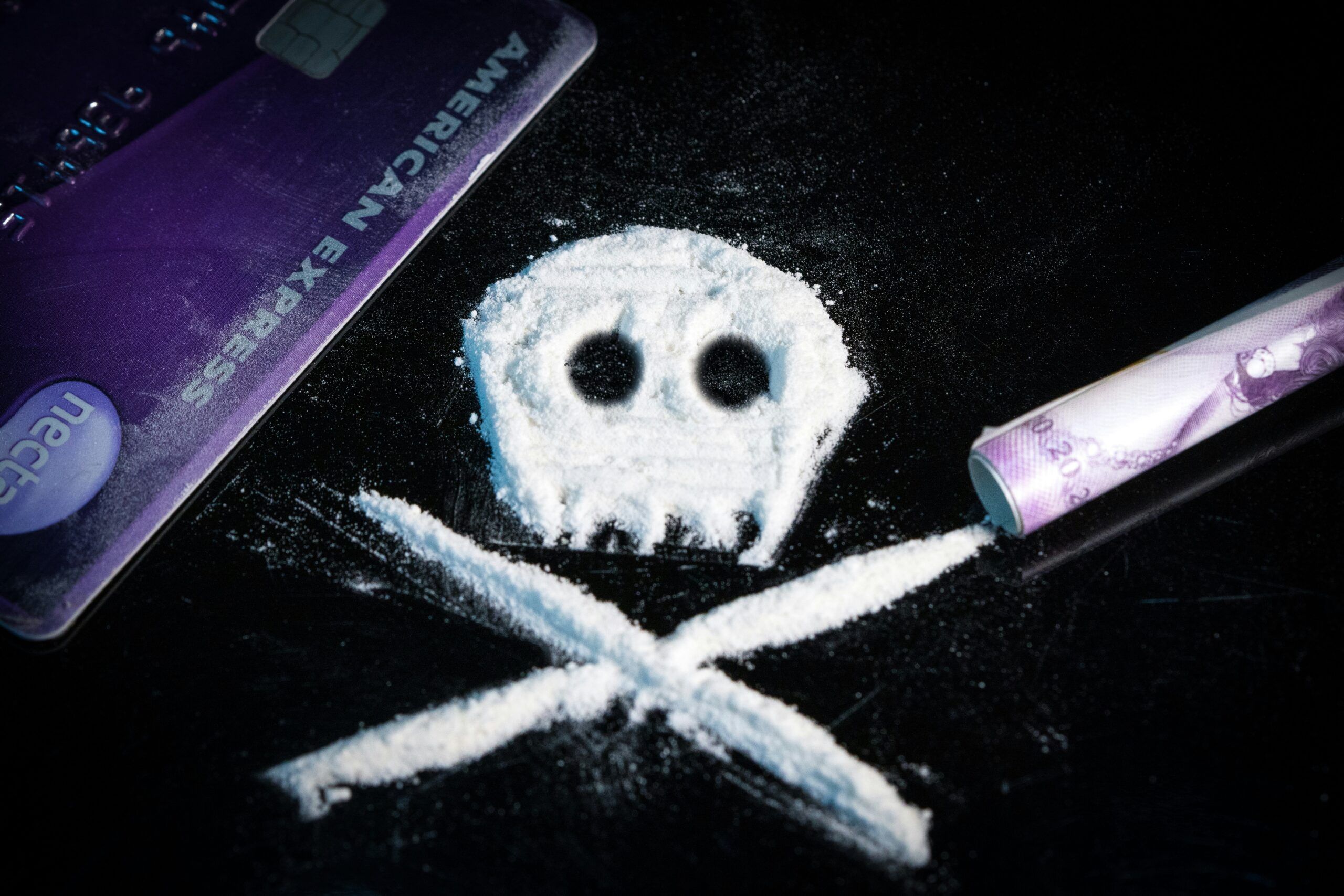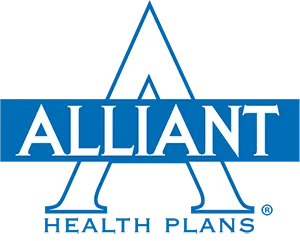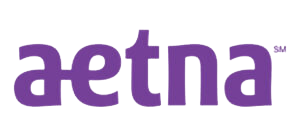Cocaine Addiction Treatment Center in Rome, GA
Cocaine Addiction Treatment Center in Rome, GA

Cocaine addiction is a severe issue that can take hold quickly. People who use cocaine may feel energetic and happy at first, but these effects don’t last long. Soon, they need more of the drug to feel good, which can lead to dependence or addiction.
Cocaine alters the brain, making it hard to stop using even when a person wants to. It can lead to health problems, money troubles, and issues with family and friends. Because its use can be so destructive to a person’s life, seeking professional help is often critical.
Getting help at a cocaine addiction treatment center in Rome, GA like Fairland Recovery Center is paramount for the residents who are living under the constraints of this substance use disorder. There are treatments that can work, like therapy and support groups. With the right help, people can recover and live healthy lives without cocaine.
Understanding Cocaine and Its Effects
Cocaine is a powerful stimulant drug that affects the body and brain in significant ways. It causes intense short-term effects and can lead to serious long-term health problems.
Cocaine’s Chemistry and Stimulant Properties
Cocaine comes from coca plant leaves and can be snorted, smoked, or injected. It’s a central nervous system stimulant that speeds up brain activity while blocking the reuptake of dopamine, norepinephrine, and serotonin.
This action leads to a build-up of these chemicals in the brain. As a result, users feel energetic, alert, and euphoric. The drug’s effects start quickly and usually last 15-30 minutes when snorted. Smoking or injecting cocaine produces a faster, more intense high but for a shorter time.
Short-Term and Long-Term Effects on the Body
Short-term effects of cocaine include:
- Increased energy and alertness
- Euphoria
- Decreased appetite
- Raised heart rate and blood pressure
- Constricted blood vessels
Long-term cocaine use can cause serious health issues, such as:
- Heart problems
- Stroke risk
- Lung damage
- Gastrointestinal complications
- Severe weight loss
- Increased risk of infections
Regular cocaine use can lead to tolerance, meaning users need more of the drug to feel the same effects. This increases the risk of overdose and addiction.
The Impact of Cocaine on the Brain and Dopamine
Cocaine mainly affects the brain’s reward system. It blocks the reuptake of dopamine, a chemical messenger linked to pleasure and motivation. Over time, cocaine use can change brain structure and function. It may reduce the number of dopamine receptors, making it harder to feel pleasure without the drug. Once the brain decides that it likes the effects of cocaine (oftentimes because it cannot naturally produce those same effects), then it begins to crave the drug.
Cocaine can also damage other brain areas involved in decision-making, impulse control, and memory. These changes can persist long after someone stops using cocaine, making substance abuse recovery challenging.
Cardiovascular System Complications from Cocaine Use
Cocaine use puts significant stress on the heart and blood vessels. It causes blood vessels to narrow, increasing blood pressure and heart rate. This can lead to severe cardiovascular problems like heart attacks, irregular heartbeat, inflammation of the heart muscles, and aortic ruptures.
Even in young, healthy users, cocaine can cause sudden cardiac death. The risk is higher when cocaine is combined with alcohol, as this creates a toxic compound in the liver.
Long-term cocaine use can lead to permanent heart damage. It may cause the heart to enlarge or its walls to thicken, increasing the risk of heart failure.
Patterns and Behaviors of Cocaine Use
Cocaine use has distinct patterns and behaviors, and understanding these is critical to determining whether or not treatment is necessary.
Recognizing Cocaine Addiction and Dependence
Cocaine addiction can be spotted through specific signs. Users may show erratic sleep patterns, such as insomnia or sleeping too much. They might have sudden mood swings or become more irritable.
Physical signs can include frequent nosebleeds or a runny nose for those who snort cocaine. People who inject may have visible track marks on their arms.
Behavioral changes are also common. A person might start to neglect responsibilities at work or home. They may spend a lot of money on cocaine or ask to borrow money often. Users may also isolate themselves from friends and family, especially if those individuals don’t use cocaine.
Methods of Consumption: Snorting, Injecting, and Smoking
Cocaine can be used in several ways. Each method affects how quickly the drug reaches the brain, leading to varying degrees of tolerance.
Snorting is common for powdered cocaine. The drug is inhaled through the nose. Effects start within a few minutes and last about 15-30 minutes.
Injecting involves mixing cocaine with water and using a needle. This method is hazardous. It can lead to infections and overdose.
Smoking is usually done with crack cocaine. The effects are almost instant but very short-lived. This can lead to frequent use and quick addiction.
Each method has its risks:
- Snorting can damage the nasal passages
- Injecting can cause abscesses and spread diseases
- Smoking can harm the lungs and throat
The method of use can affect how quickly addiction develops and the severity of health problems.
The Pathway to Addiction
Cocaine addiction develops through complex interactions of brain chemistry, behavior, and environment. The journey often begins with initial use, progresses to regular consumption, and can lead to full-blown substance use disorder.
Psychological Triggers Leading to Cocaine Craving
Cocaine craving is a key factor in the addiction process. Stress, anxiety, and depression can trigger intense desires for the drug. Social situations and environmental cues associated with past cocaine use also spark cravings.
People may turn to cocaine to cope with negative emotions or to seek pleasure. The brain’s reward system responds strongly to cocaine, reinforcing its use. This creates a cycle of craving and use that becomes hard to break.
Over time, the brain adapts to cocaine’s presence. Users need more of the drug to feel the same effects. This tolerance drives increased consumption and deepens the addiction, making it difficult to quit without professional help.
Understanding Stimulant Use Disorders
Stimulant use disorders involve a pattern of problematic use of drugs like cocaine. Signs include:
- Using more significant amounts over more extended periods than intended
- Persistent desire or unsuccessful efforts to cut down
- Spending considerable time obtaining, using, or recovering from the drug
- Craving or strong urge to use cocaine
- Failing to fulfill significant role obligations due to use
Physical dependence can develop, causing withdrawal symptoms when use stops. These may include fatigue, depression, and sleep problems.
Seeking professional help is crucial for managing stimulant use disorders. At Fairland Recovery Center, our stimulant treatment programs often combine behavioral therapy and support groups. We work with each client to address their specific needs, ensuring that no two clients have the same schedule because no two clients are the same.
Cocaine, Polydrug Use, and Multi-Substance Addiction
Polydrug use is common among cocaine users. Many combine cocaine with alcohol, marijuana, or opioids. This practice increases health risks and complicates addiction treatment, making professional help critical.
Reasons for polydrug use include:
- Enhancing cocaine’s effects
- Managing cocaine’s side effects
- Substituting when cocaine is unavailable
Multi-substance addiction is more challenging to treat than single-drug addiction. It often requires a comprehensive approach addressing all substances used. At Fairland, we look deep into each client’s life to determine what triggers this use. Then, we work closely with our clients to address their triggers and root causes of cocaine use. This allows us to address all areas of their life and ensure that whatever caused the use is treated.
Treatment for polydrug addiction may involve:
- Medically supervised detox
- Cognitive-behavioral therapy
- Dual diagnosis treatment for co-occurring mental health issues
- Long-term aftercare and relapse prevention strategies
Understanding the interplay between cocaine and other substances is crucial for effective treatment planning. When seeking help through our programs, it is critical to be open and honest about what other drugs are being used and how often.
Diagnosis and Recognizing Addiction
Identifying cocaine addiction involves observing specific behavioral and physical changes. Medical professionals use set criteria to diagnose cocaine use disorders. There are also clear signs that indicate chronic cocaine use. Understanding these signs and criteria is critical in determining whether or not you or a loved one needs help.
Criteria for Cocaine Use Disorders
Doctors use the Diagnostic and Statistical Manual of Mental Disorders (DSM-5) to diagnose cocaine use disorder. The criteria include:
- Using larger amounts of cocaine over time
- Failed attempts to cut down or control use
- Spending lots of time getting, using, or recovering from cocaine
- Strong cravings for cocaine
- Neglecting responsibilities due to use
- Continuing use despite social or interpersonal problems
- Giving up important activities because of cocaine
Meeting 2-3 criteria indicates a mild disorder. 4-5 is moderate, while 6 or more is considered severe. Our programs are designed to help all individuals who find themselves using cocaine, no matter the number of criteria or level of use. We have plans and programs to address all clients.
Signs and Symptoms of Chronic Use
Chronic cocaine use causes noticeable changes in behavior and appearance. Common signs include:
- Sudden weight loss
- Dilated pupils
- Runny nose or frequent nosebleeds
- Mood swings and irritability
- Restlessness and hyperactivity
- Trouble concentrating
- Financial problems
Physical symptoms may include:
- Increased heart rate and blood pressure
- Insomnia
- Loss of appetite
- Tremors or muscle twitches
Cocaine withdrawal symptoms can also indicate addiction. These may include depression, fatigue, and increased appetite when not using the drug.
Treatment and Recovery Options
Cocaine addiction can be treated through various methods. These include professional care, therapy, medication, and ongoing support. Each plays a key role in helping people overcome addiction and stay drug-free.
Fairland Recovery Center’s Treatment Programs
At Fairland Recovery Center, our staff is on the same team. They are bought into the model and the concept of helping clients work through cravings.
Every client who comes in will have a case manager. The case manager will ensure that you or your loved one are set up with every form of identification. We will also ensure that each client is set up with medical services and other stabilization needs.
When it comes to our programs, our primary path is an intensive outpatient program. IOPs are a flexible treatment option without an inpatient stay. You get to maintain your daily routines while still addressing your bipolar. Outpatient treatment aims to stabilize mood swings, manage symptoms, and improve functioning.
Our partial hospitalization program (PHP) benefits those needing more time with us. PHP offers structured care during the day, allowing you to return home at night. It provides intensive treatment, including medication management and counseling, tailored to your substance abuse treatment plan. Inpatient treatment watches symptoms closely, establishes routines, and builds a community of peer support.
Some clients need help with the transition to daily life, which is why we offer sober living or residential treatment. Our sober living homes offer structured housing that provides additional accountability.
All of our levels of care include aftercare access to our entire treatment facility. Our aim is to prepare each person who enters for long-term recovery.
Fairland Recovery Center’s Treatment Services
Fairland Recovery Center provides comprehensive treatment services focused on wellness and effective drug rehabilitation. Located in a supportive environment, the center utilizes a holistic approach to recovery, incorporating evidence-based therapies such as Cognitive Behavioral Therapy (CBT), family therapy, and group therapy.
These therapeutic modalities are designed to address not only the individual’s substance use disorders but also to mend family dynamics and enhance social support networks. Through group sessions, clients engage with others facing similar challenges, fostering a sense of community and shared understanding.
The combination of these therapies reflects our commitment to promoting lasting recovery and overall wellness for individuals and their families who chose our rehab center.
Fairland Recovery Center Has Open Arms
Many individuals who need drug rehab programs or alcohol rehab eventually find themselves facing serious consequences. They move beyond the initial excitement of substance use—the so-called “honeymoon phase”—and enter a phase where they must confront the negative impacts of their addiction. At this point, their loved ones may express concern, saying things like, “You’re destroying yourself.”
In fact, this is what these individuals are trying to do; they are attempting to escape from a part of themselves that they dislike. They often feel uncomfortable, anxious, and fearful when left alone with their thoughts. They struggle with self-acceptance and may not recognize their own worth, leading to a deep sense of distress.This marks the beginning of their recovery journey. Make your start with us by reaching out to our clinician team today.
Fairland Recovery Center Treatments
Find Help Now
We accept most major insurances











